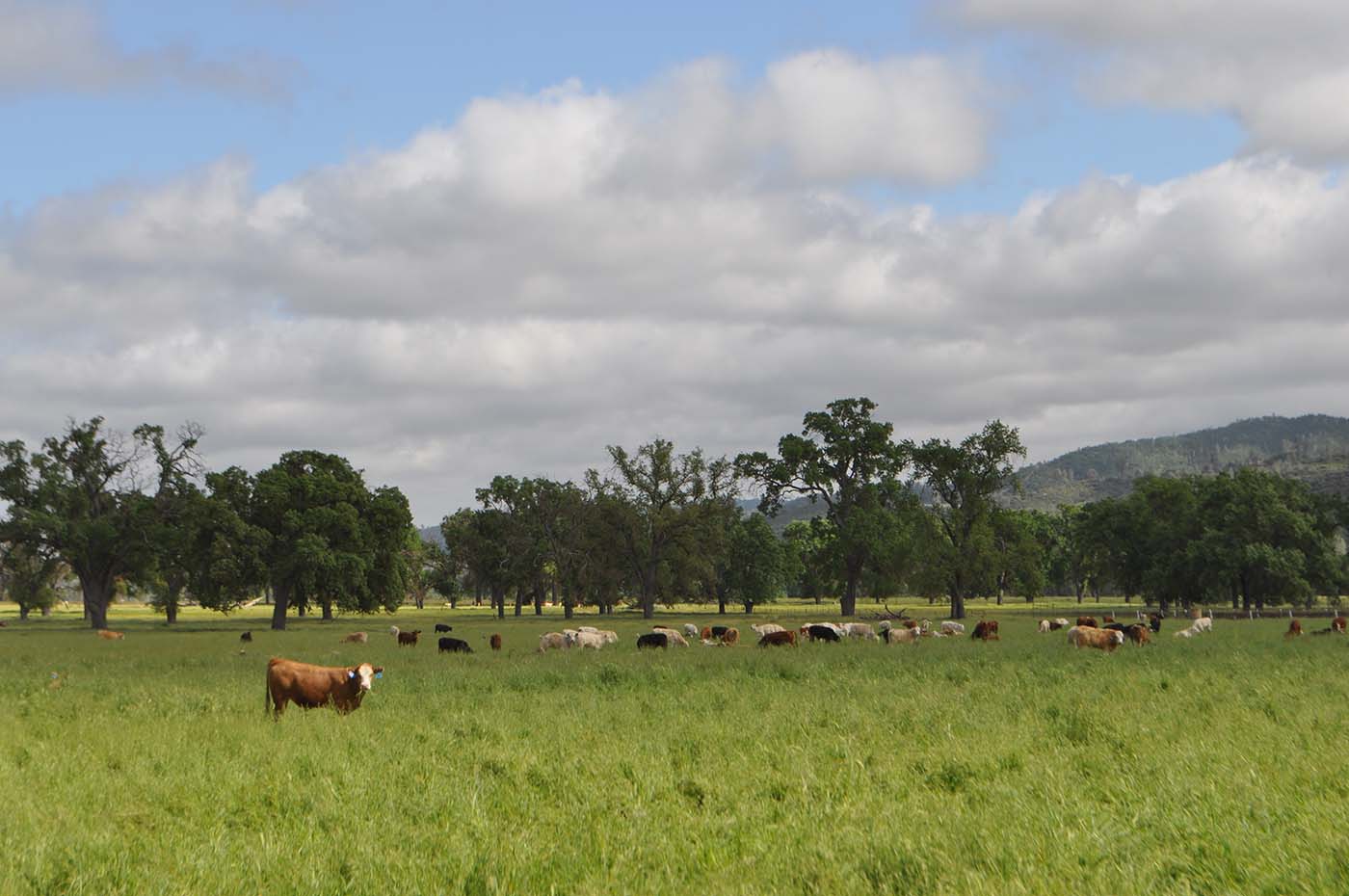Overview
The Feedyard sector, consists of operations where cattle are fed a balanced diet for four to six months and receive daily care. The U.S. is the world’s largest beef producer and hosts the largest fed-cattle industry. Beef production in the U.S. is both for domestic consumption and global export. Geographically, there are cattle fed to market specifications all across the U.S. with the greatest concentrations in the Great Plains, Midwest (Corn Belt), Southwest and Pacific Northwest. Generally speaking, the cattle feeding industry utilizes grain and a variety of other byproduct concentrates to finish cattle and produce high quality grades (Select, Choice and Prime) of beef. On a retail equivalent basis, the U.S. Beef Industry creates over $100 billion of value annually.
The current demographics of the U.S. cattle feeding industry show a wide range of participants. Summary U.S. Department of Agriculture data from 2017 counts a total of 28,209 operating feedyards. Of this total, 26,000 feedyards have a capacity of less than 1,000 head. Collectively, this group of feedyards account for about 18% of the inventory on feed as of January 1, 2018.
The total number of feedyards has declined in the last 20 years, with larger yards marketing an increasing proportion of the fed cattle each year. In the 2017 marketing year, 259 feedyards (with capacities greater than 16,000 head) marketed 62% of the fed cattle. This shift, as in many industries, is primarily due to economies of scale and the ability of larger operations to focus specifically trained employees in defined roles, thus improving efficiencies.
Sustainability Assessment Guides
The following Sustainability Assessment Guides (SAGs) have been developed for each of the six high-priority sustainability indicators which will allow individual operators to voluntarily assess their own operations in order to gain a perspective of where they fall on the continuum of the sustainability spectrum.
For each of the six sustainability indicators the respective SAG will include:
- A description of the indicator to ensure a clear understanding of its intent
- A description of the metric selected to measure the indicator
- Supporting guidelines that elaborate on the context of the metric, including guidelines to address various elements of the metric
- It is important to note:
- Individual operators may or may not be addressing all the items asked in the supporting guidelines for a particular metric
- Knowing what some of these additional elements are creates the opportunity for that operator to consider addressing those items going forward
- Action on the part of the operator to address the listed items, or other items, over time is a means of demonstrating continuous improvement
- Resources for implementation (not meant to be an exhaustive list), including:
- Recommended practices for improving a particular metric
- Summary of existing information for that metric
- Tools (software, apps, hardware, etc.), for supporting metric assessment
- Case studies
- Technical support information
- Suggested methods to monitor change and/or progress over time
A key tenet of sustainability is managing any operational task to strive toward continuous improvement. As this self-assessment is worked through on an operation, the guidelines below should be considered, and implementation planned in accordance with individual operation environments, situations, and needs. Methods to monitor change and/or progress over time also need to be identified. Incorporating guidelines, such as those identified in this SAG, into routine process reviews will potentially improve both the efficiency and sustainability of the operation.
